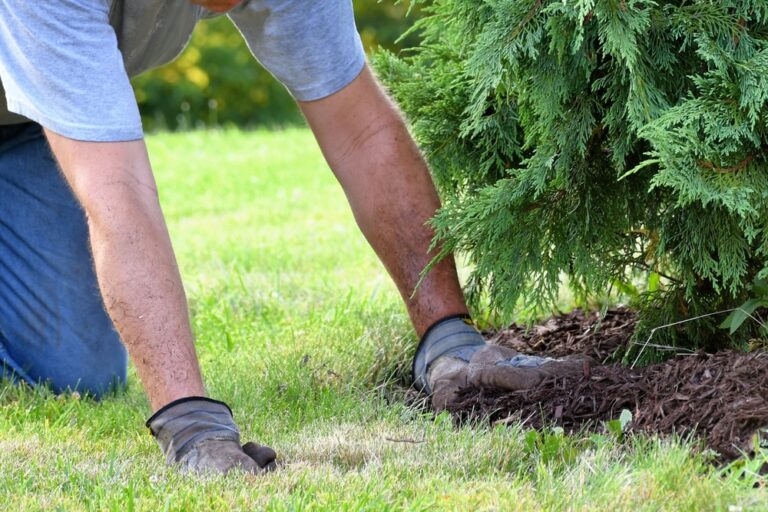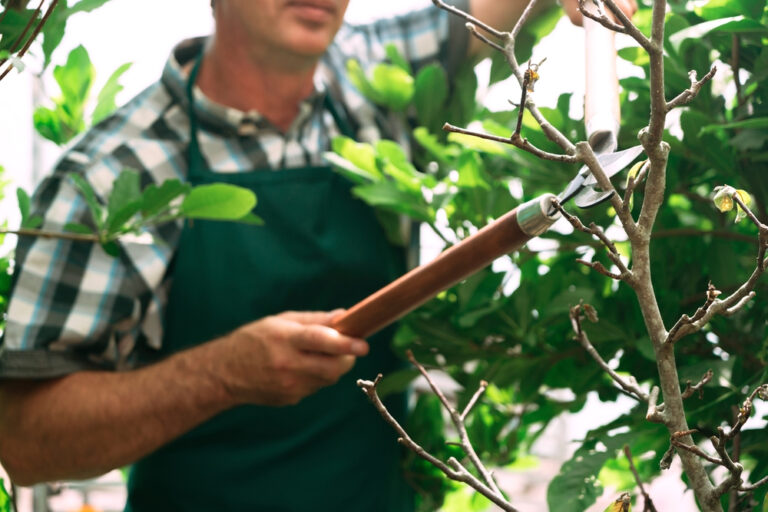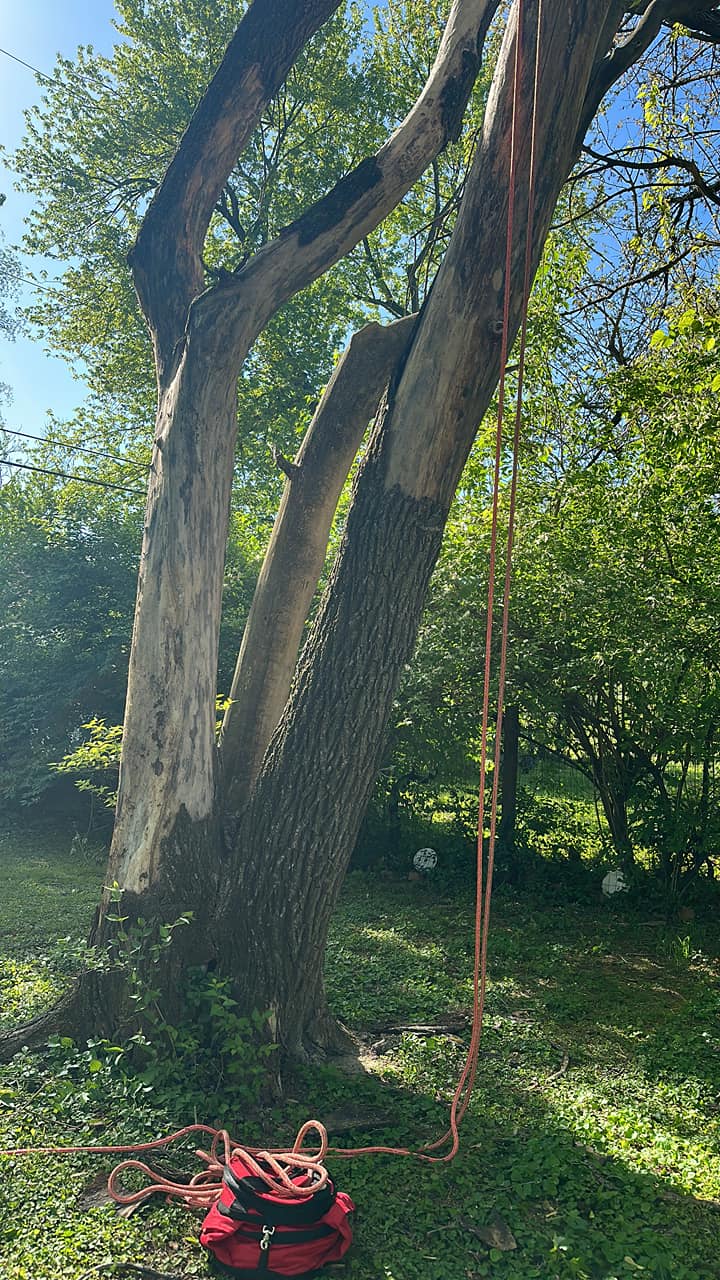In the lush landscapes of Richmond, VA, trees aren’t just part of the scenery; they’re integral to the city’s identity and ecosystem. These leafy giants provide shade on sweltering summer days, enhance property values, and contribute to cleaner air and water. However, maintaining their health requires more than just occasional watering or pruning. In this comprehensive guide, we’ll delve into the intricacies of tree care in Richmond, offering insights into common issues, practical maintenance tips, the importance of professional assistance, preventive measures, and fostering a community culture of tree stewardship.
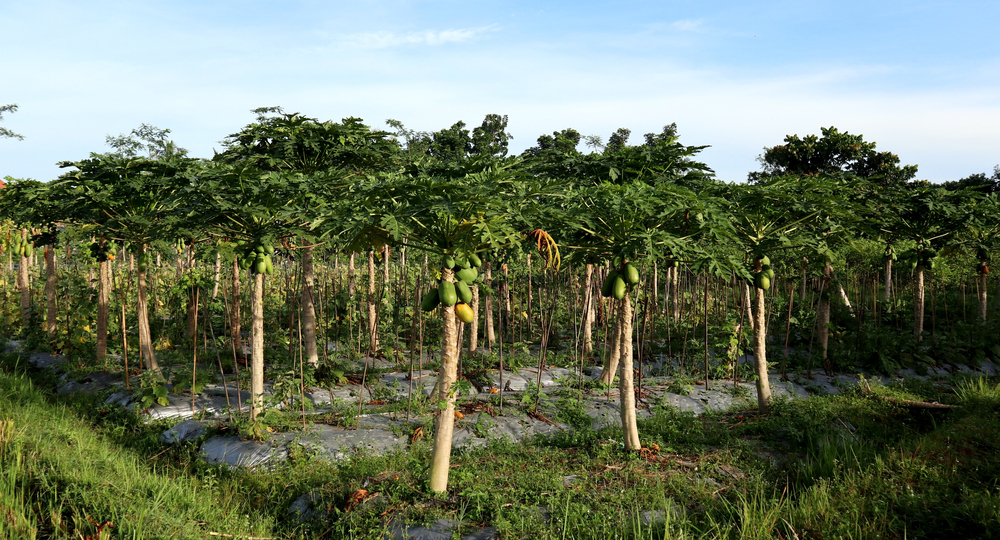
Understanding Common Tree Issues in Richmond, VA
Richmond’s unique climate and soil conditions significantly influence the health and vitality of its trees. With its humid subtropical climate, characterized by hot, muggy summers and mild winters, the city creates an ideal environment for a diverse range of tree species. From the iconic American elm lining historic avenues to the resilient Southern magnolia gracing suburban yards, Richmond boasts a rich tapestry of tree life. However, this abundance also attracts a host of pests and diseases that can threaten their well-being.
- Climate and Soil Conditions: Richmond’s climate, with its ample rainfall and fertile soils, nurtures a thriving urban forest. However, the city’s low-lying topography can lead to poor drainage in some areas, increasing the risk of root rot and other moisture-related issues.
- Types of Trees: Richmond’s urban canopy comprises a diverse array of tree species, each with its own unique characteristics and requirements. From towering oaks to delicate dogwoods, understanding the specific needs of these trees is essential for ensuring their long-term health.
- Pests and Diseases: Despite their resilience, Richmond’s trees are vulnerable to a range of pests and diseases. The emerald ash borer, for example, poses a significant threat to ash trees, while oak wilt can devastate entire stands of oak. Other common pests include scale insects, aphids, and spider mites, which can weaken trees and make them more susceptible to disease.
Tips for Maintaining Tree Health in Richmond, VA
- Regular Pruning and Trimming: Pruning is more than just a cosmetic procedure; it’s essential for maintaining the structural integrity and health of your trees. By removing dead or diseased branches, you can improve air circulation, reduce the risk of disease spread, and promote new growth.
- Proper Watering and Fertilization: Richmond’s hot, humid summers can take a toll on trees, especially during periods of drought. Deep, infrequent watering encourages deep root growth and helps trees withstand dry spells. Additionally, fertilizing with a balanced mix of nutrients replenishes soil fertility and supports robust growth.
- Prevention and Management of Pests and Diseases: Vigilance is key when it comes to pest and disease management. Regular inspections can help detect problems early, allowing for prompt intervention. Consider employing integrated pest management strategies, which combine biological, cultural, and chemical control methods to minimize environmental impact.
- Mulching and Weed Control: Mulching is a simple yet effective way to improve soil health and suppress weed growth around trees. Organic mulches, such as wood chips or shredded bark, help retain moisture, regulate soil temperature, and inhibit weed germination. However, be sure to maintain a proper mulch depth and avoid piling mulch against the tree trunk, as this can promote rot and disease.
- Monitoring for Signs of Stress or Damage: Trees are remarkably resilient, but they’re not invincible. Keep an eye out for signs of stress or damage, such as yellowing leaves, sparse foliage, or cracked bark. These may indicate underlying issues that require attention.
Hiring Professional Help for Tree Care
While DIY tree care can be rewarding, certain tasks are best left to the professionals. Certified arborists possess the knowledge, skills, and equipment necessary to assess tree health, diagnose problems accurately, and provide appropriate solutions.
- Importance of Hiring a Certified Arborist: Certified arborists undergo extensive training and adhere to industry standards to ensure the highest quality of care for your trees. Their expertise extends beyond simple maintenance tasks to include tree risk assessment, disease management, and tree preservation techniques.
- Services Provided by Tree Care Professionals: Arborists offer a wide range of services tailored to your tree care needs. From routine pruning and fertilization to pest management and tree removal, they can handle everything from routine maintenance to complex tree surgeries with precision and care.
- Cost Considerations: While hiring a professional arborist may seem like a significant investment, it’s often worth the expense in terms of the long-term health and value of your trees. When comparing quotes, consider factors such as qualifications, experience, and reputation, rather than simply opting for the lowest price.
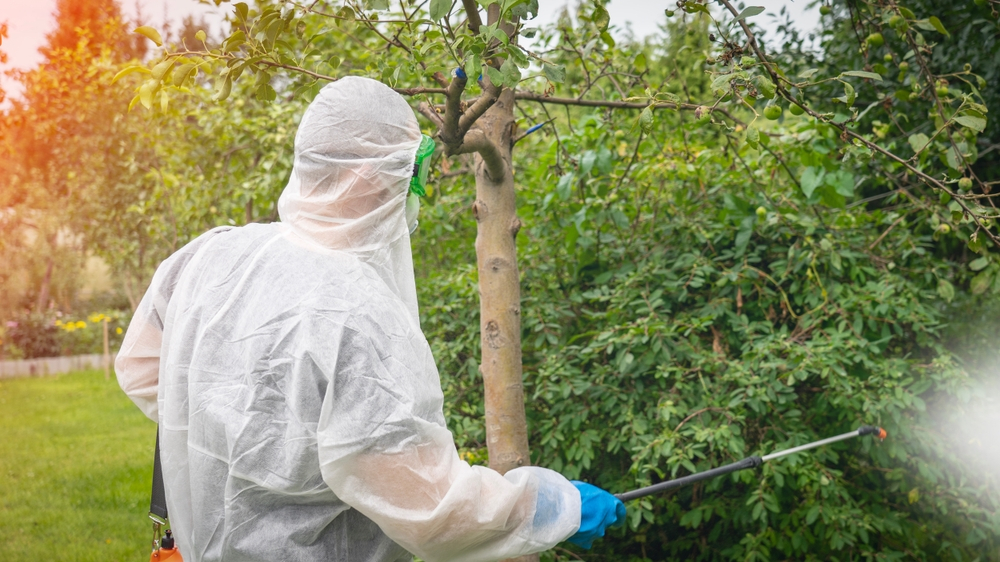
Preventing Tree Issues in Richmond, VA
Prevention is the cornerstone of effective tree care. By taking proactive measures to promote tree health and resilience, you can minimize the risk of common issues and ensure the long-term vitality of your urban forest.
- Choosing the Right Tree for Your Landscape: Selecting trees that are well-adapted to Richmond’s climate and soil conditions is essential for their long-term health and survival. Consider factors such as size, growth rate, and environmental tolerance when choosing trees for your property.
- Proper Planting and Transplanting Techniques: Proper planting techniques are critical for ensuring the establishment and vitality of young trees. Be sure to dig a wide, shallow planting hole, position the tree at the correct depth, and backfill with loose, well-aerated soil. For transplanted trees, take care to minimize root disturbance and provide adequate water and nutrients to support recovery.
- Maintenance of Proper Spacing Between Trees: Overcrowded trees compete for sunlight, water, and nutrients, leading to stunted growth and increased susceptibility to pests and diseases. Maintain adequate spacing between trees to ensure optimal growth and minimize stress.
- Regular Inspection and Maintenance of Trees: Regular inspections by a qualified arborist can help identify potential issues early, allowing for prompt intervention. Implement a proactive maintenance plan that includes routine pruning, fertilization, and pest management to keep your trees healthy and vibrant.
- Educating Yourself and Your Neighbors About Tree Care: Community involvement is essential for preserving Richmond’s urban forest for future generations. Share resources, attend workshops, and participate in local tree planting initiatives to promote a culture of tree stewardship in your neighborhood.
Conclusion
Trees are more than just features of the landscape; they’re living organisms that enrich our lives in countless ways. By understanding the unique challenges facing Richmond’s trees, implementing proactive maintenance strategies, and fostering a culture of tree care in our communities, we can ensure the health and vitality of our urban forest for generations to come. Let’s work together to keep Richmond green, vibrant, and thriving. Remember, every tree counts, and every action we take makes a difference. Take the first step today towards a greener, healthier future for Richmond, VA, and beyond.

